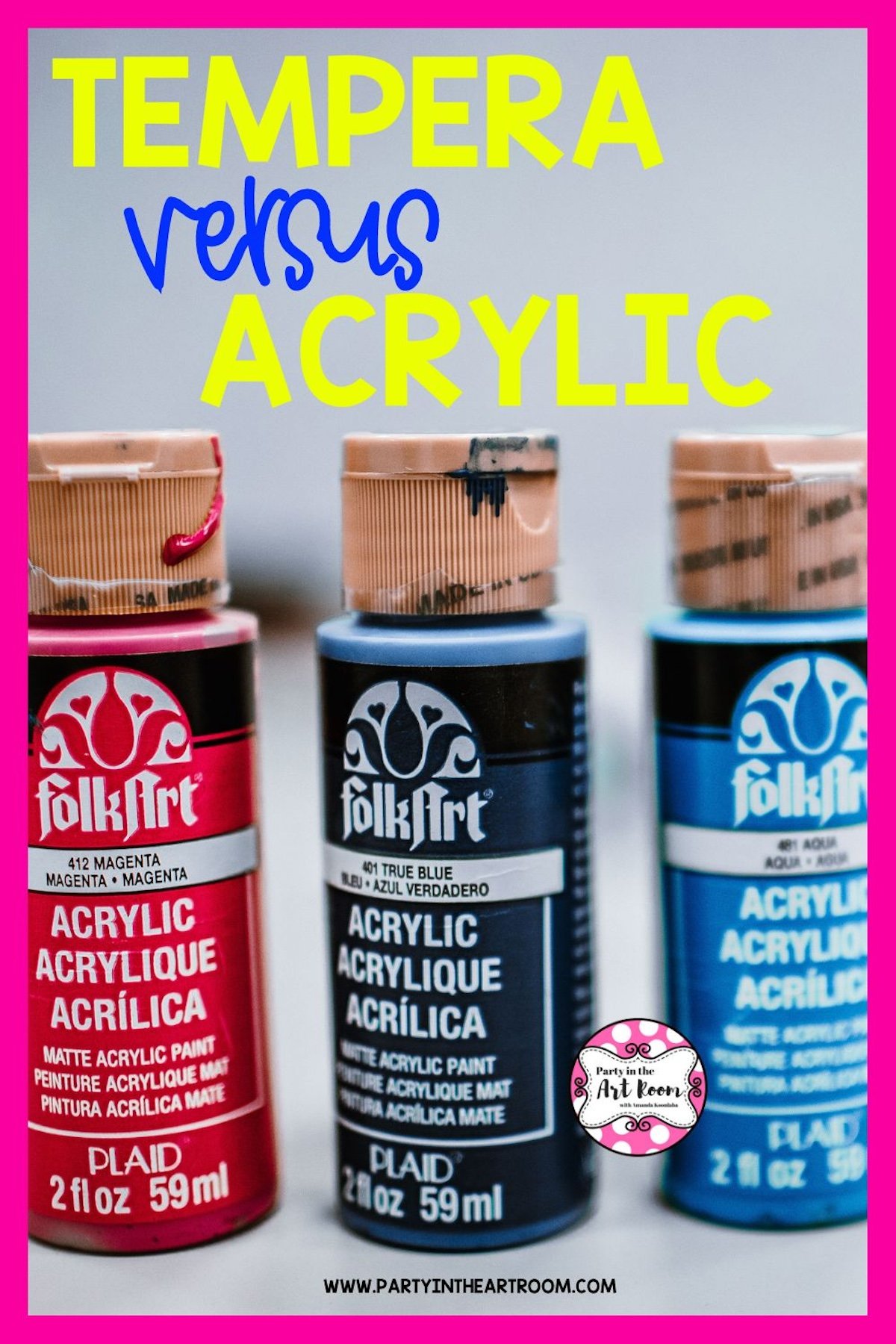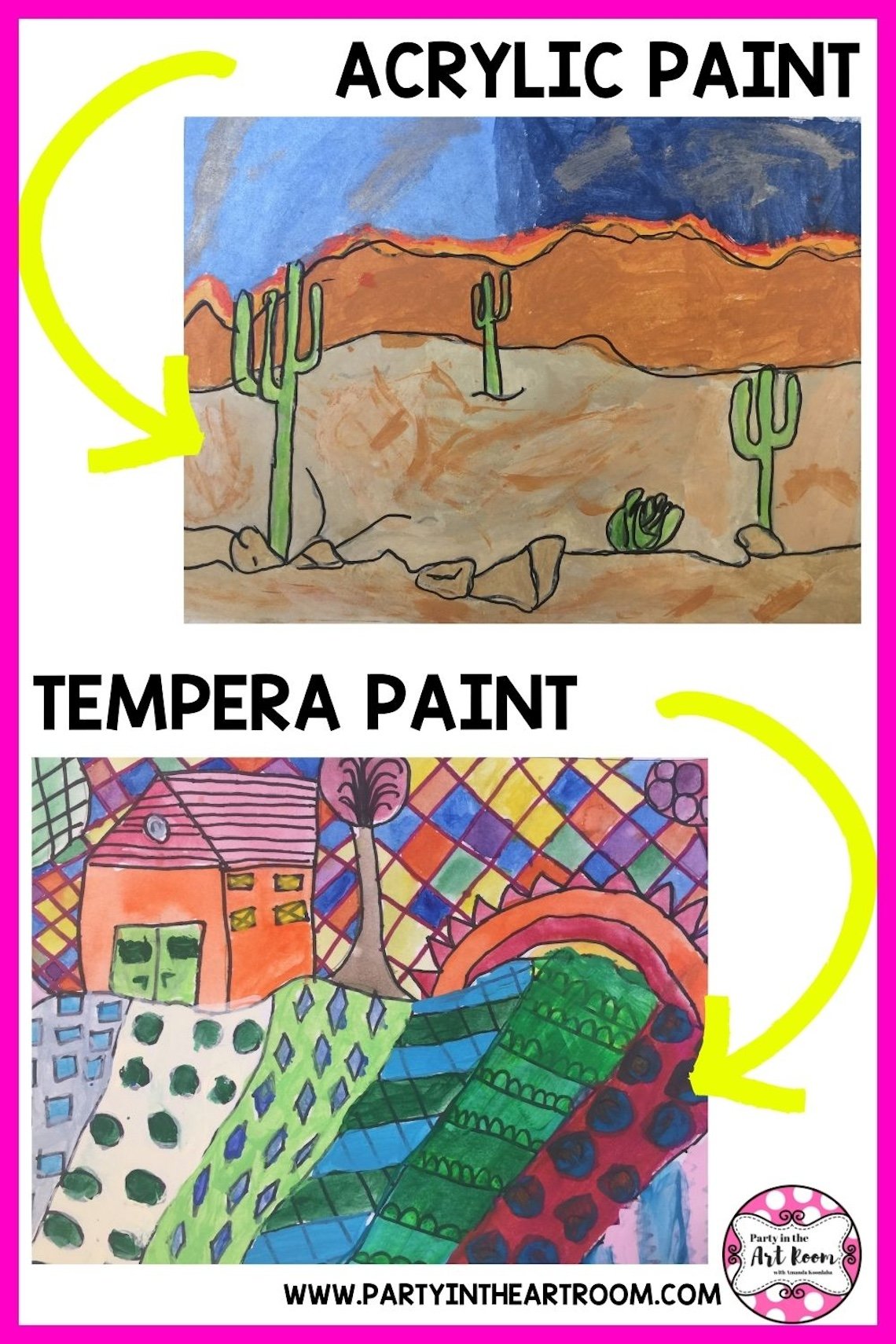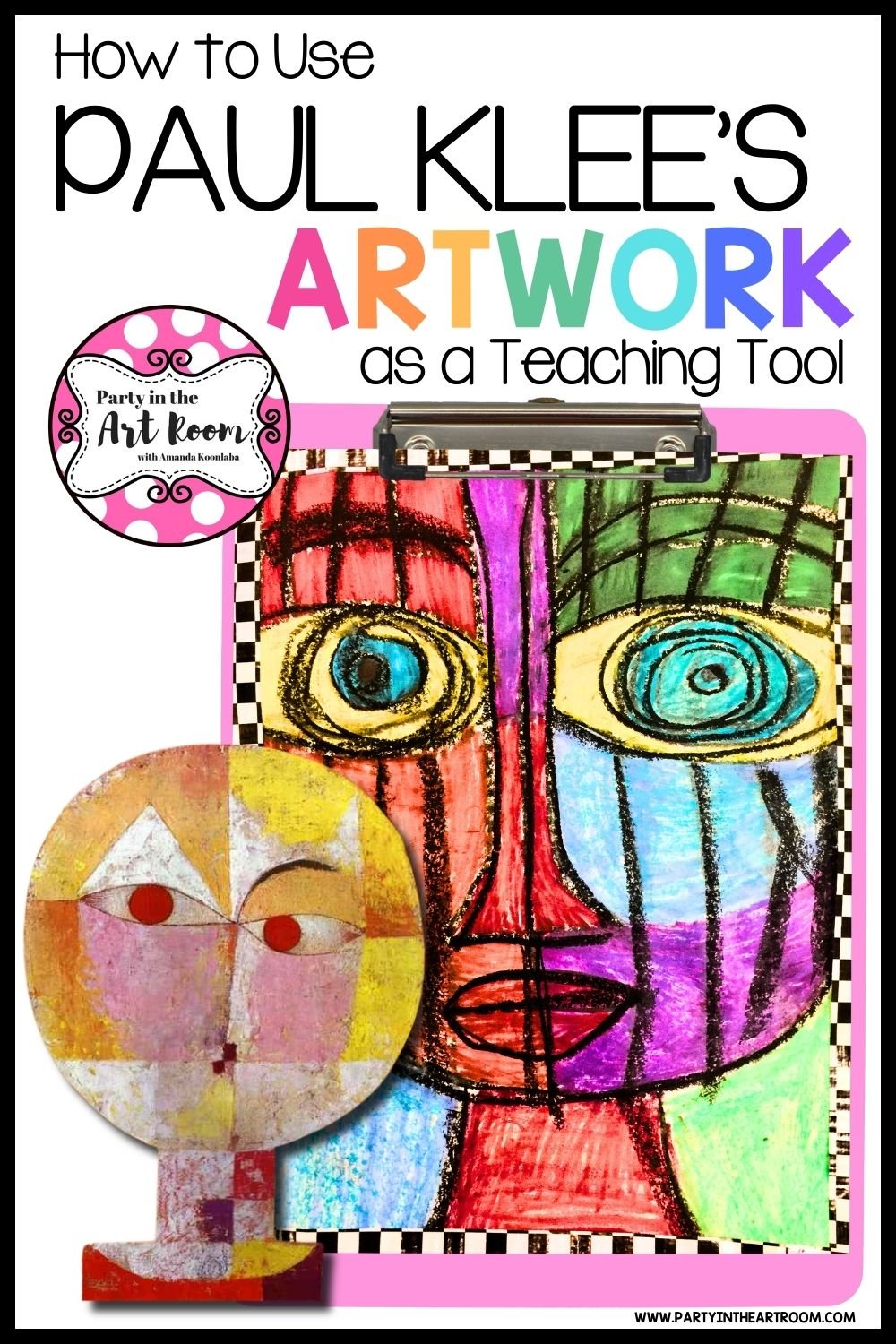What's the Difference Between Tempera and Acrylic Paint?
Have you ever wondered what the difference is between tempera paint and acrylic paint? You're not alone!
Many people don't know the difference between tempera paint versus acrylic paint. In this blog post, we'll explore the differences between these two popular types of paint, including their application, cost, and more.
Keep reading to learn more about tempera paint vs acrylic paint.
What is Tempera Paint?
Tempera paint is a type of paint that has been used for centuries. It is a fast-drying, water-soluble paint made from pigments and an egg-based binding agent. This combination gives tempera paint its matte finish and vivid colors.
Although tempera paint is not as widely used as acrylic or oil paints, it is still popular among artists due to its vibrant colors and ability to mix well with other paints. It is also a great choice for beginning artists since it is easy to use and clean up. However, one of the main differences between tempera and acrylic paint is that tempera is not waterproof once dry, which means it should not be used for outdoor projects or those requiring a waterproof finish.
Additionally, tempera paint is not lightfast, so artwork painted with this type of paint may fade over time when exposed to light. Despite these drawbacks, tempera paint can still be a great choice for artists looking for a unique, water-based paint option.
Here’s my fave class pack of tempera paint.
Here are 3 of my favorite tempera paint art projects:
What is Acrylic Paint?
Acrylic paint is a water-soluble paint made from pigment, acrylic polymer emulsion, and additional additives. It is the most commonly used medium among art teachers, due to its versatility, affordability, and ease of use.
Acrylic paint is known for its glossy finish and vibrant colors, as well as its ability to be used on many different surfaces. Unlike tempera paint, acrylic paint does not require any special primers or thinners before being applied to a surface. Instead, it can simply be mixed with water to reach the desired consistency.
In comparison to tempera paint, acrylics tend to be more expensive but also last longer and are more resistant to fading. Therefore, acrylics are better suited for long-term projects, such as murals or canvas paintings.
This is an acrylic paint pack that I love for my own personal projects and for working with students.
Here are 3 of my favorite acrylic paint art projects:
The Main Differences Between Tempera and Acrylic Paint
When it comes to choosing the right paint for your art project, it can be difficult to decide between tempera and acrylic paint. Both paints are popular among art teachers and students alike, but there are several key differences between them.
To help you make an informed decision about which paint to use, let's take a closer look at the main differences between tempera and acrylic paint.
Tempera paint is composed of pigment, binder, and water while acrylic paint is made up of a synthetic polymer, pigment, and water
Tempera paint is water-soluble, while acrylic paint is a plastic-based paint that is much harder to remove once dry
Tempera paint has been used since ancient times, known for its vibrant colors, and its ability to mix with other mediums like egg or glue
Acrylic paint is a relatively new invention, developed in the 1940s, known for its durability and permanence and its ability to blend with oil and water-based mediums
Tempera paint dries quickly, often within minutes, while acrylic paint usually takes around 30 minutes to an hour to dry
Tempera paint is not lightfast or waterproof, while acrylic paint is both lightfast and waterproof
Which One Should You Choose?
When it comes to deciding which type of paint to use for your art project, it really depends on what you’re looking for. Is tempera paint the same as acrylic? Not quite - there are some differences between these two types of paint.
Tempera paints offer vibrant and opaque colors, with a matte finish. Acrylic paints come in a range of finishes, from glossy to matte, and are longer lasting than tempera paints.
For art teachers who are teaching younger children, tempera is an ideal choice because it’s easy to wash off, while acrylic paint is more suited to older students.
Ultimately, the choice is up to you, so it’s best to consider your project needs and decide which one will work best for you.
Tempera vs. Acrylic: Which One Is Right for You?
Many teachers and parents often wonder, “Is tempera paint the same as acrylic?” or even, “What is tempera paint?” The answer isn’t always straightforward, as both paints have unique qualities suited for different purposes.
If you’re teaching young learners: Tempera paint is an ideal choice! It's affordable, easy to clean, and perfect for simple art projects. It’s important to note that tempera is not waterproof, so it's best for indoor activities.
For older students or durable projects: Acrylic paint is a versatile option. It offers vibrant colors, works on a variety of surfaces, and is both waterproof and lightfast once dry.
Still unsure which to choose? Here’s a quick cheat sheet to help:
Comparison chart showing the differences between tempera and acrylic paint. Highlights include composition (tempera: pigment, binder, and water; acrylic: synthetic polymer, pigment, and water), solubility (tempera is water-soluble; acrylic is not once dry), historical use (tempera is ancient; acrylic is modern), drying time (tempera dries quickly; acrylic takes longer), and durability (tempera is not waterproof or lightfast; acrylic is both). Ideal uses include tempera for kids and classroom projects and acrylic for long-term artworks like murals and canvases.
If you're asking yourself, “What is tempera paint vs. acrylic?” or searching for the best materials for your art room, remember that both types of paint have their strengths. Whether it's a vibrant tempera cow skull project or a striking acrylic mountain landscape, there’s a perfect medium for every masterpiece!
Conclusion
It is important to be familiar with the differences between tempera and acrylic paint, especially for art teachers. Both types of paint offer a range of benefits and disadvantages, making them both useful in their own way.
While tempera paint has been around for centuries, it is not as popular as acrylic paint in recent years. However, it is still widely used by some artists, particularly those looking for a classic, traditional look.
To sum it up, the answer to the question “Is tempera paint the same as acrylic?” is no—while they are both paints, there are numerous differences between the two that must be taken into account when deciding which type of paint to use. Acrylic paint is more versatile and durable than tempera paint and does not require a sealant after drying.
Art teachers should consider these factors when teaching students about the different painting techniques available to them and when determining which type of paint will best suit their needs. Ultimately, it comes down to personal preference; each artist will have his or her own preferences depending on what kind of artwork they wish to produce.
Download a Freebie to Explore Both Mediums!
Discover how to practice the elements of visual art with a FREE tints and shades activity. It’s the perfect way to get hands-on experience with tempera and acrylic paints. Enter your details below to receive the activity in your inbox.
Affiliate Disclosure: Party in the Art Room is supported by its audience. When you purchase through links on this site, a commission may be earned.
I’m Amanda, and I align standards and integrate content to help teachers meet the needs of the Whole Child in art class! I have yet to find a standard that I couldn’t teach through art, and I want to share it all with you.
Not sure where to start with bringing art and content together? This freebie guide is packed with 25 ideas to align your art lessons with math and ELA standards. Your students will be crafting art and practicing algebraic thinking. Win-win!
I want all students to feel successful in the art room, so I created a standards-based Daffodil Collage lesson to do just that! The lesson includes an artist study, student reflection, and more, so push your artists to their full potential.
Follow along on my Instagram page for more tips on teaching the Whole Child in the art room!
Connecting art and content together doesn’t have to be mind-boggling. I’ve made it simple with 25 math and ELA art lesson starters - for free! Plus, I included 15 worksheets for students to reflect on their art-making journey.














